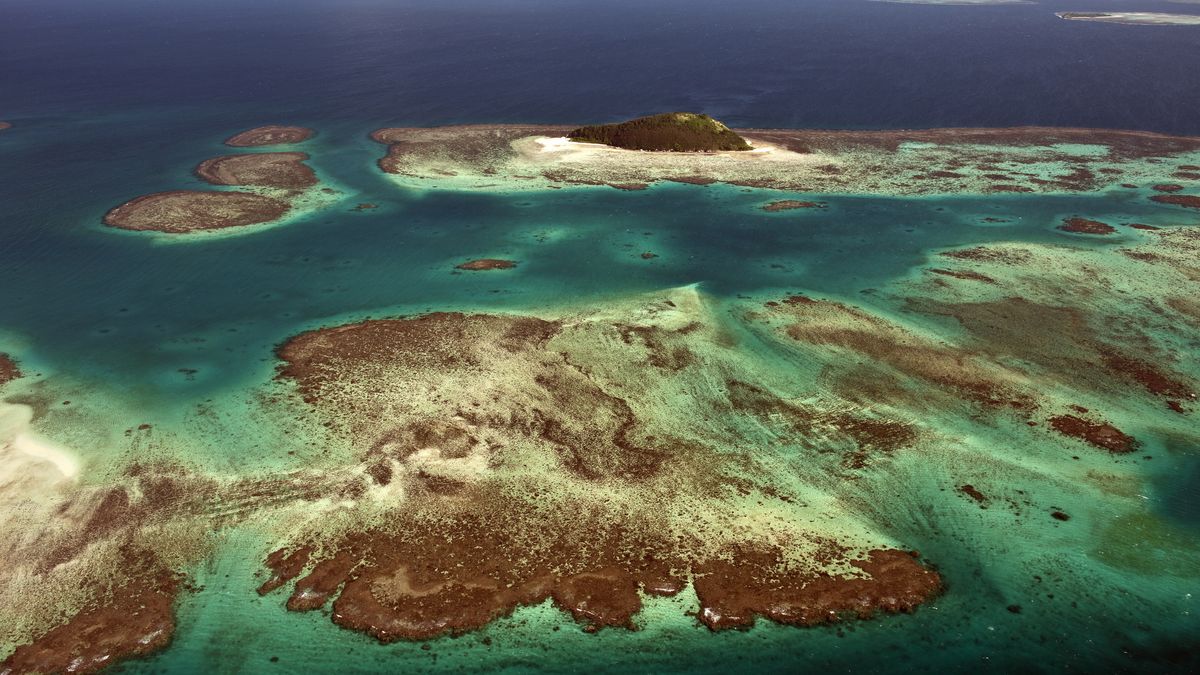
This finding that positioning different types of crust against one another at a preexisting plate boundary leads to subduction may help to explain how other new subduction zones around the world form.
When a plate of oceanic crust dives under continental crust, the rocks at the surface twist, break and deform.
The new data allowed the researchers to put together a history of the young subduction zone, which Shuck presented at the virtual meeting of the Seismological Society of America on April 22, the same day the study was published in the journal Tectonics.It all started about 45 million years ago, when a new plate boundary between the Australian and Pacific plates began to form because of a force called extension -- basically, tectonic forces pulled the two plates apart like putty. .
The oceanic crust at the plate boundary responded to this extension predictably: As the crust thin, magma from the mantle pushed up through fractures, hardening into new rock.As continental crust is thicker and more buoyant, the extensional forces working at the plate boundary couldn't crack Zealandia.
The Australian Plate, to the west, consisted of continental crust from Zealandia in the north and new oceanic crust in the south.
The Pacific Plate, to the east, also consisted of oceanic crust in the south.
To the north, the Pacific Plate hosted the thinned-out continental crust of the Solander basin.
At the plate boundary, oceanic crust bumped up against oceanic crust, and continental crust against continental crust?
Now, the Pacific plate was moving south, and the Australian plate was moving north.
This opposing movement brought the oceanic crust of the Australian plate right next door to the thin Solander basin continental crust on the Pacific plate. .
This was the key to starting subduction, Shuck said: Continental crust is more buoyant than denser oceanic crust, and this difference in buoyancy allowed the denser part of the Australian plate to slide under the lighter Pacific one, especially because the boundary between these continental and oceanic plates was already weakened by the earlier strike-slip faulting.There are other spots around the globe where strike-slip movement is happening in the same place as the compression and convergence of plates, particularly along the Queen Charlotte fault north of Vancouver and south of Alaska, Shuck said.Macquarie Ridge, being two slabs of oceanic crust coming together, might be more resistant to subduction than the continental crust and oceanic crust boundary at Puysegur, Shuck said; but subduction zones can also spread along a fault from a single point.Â